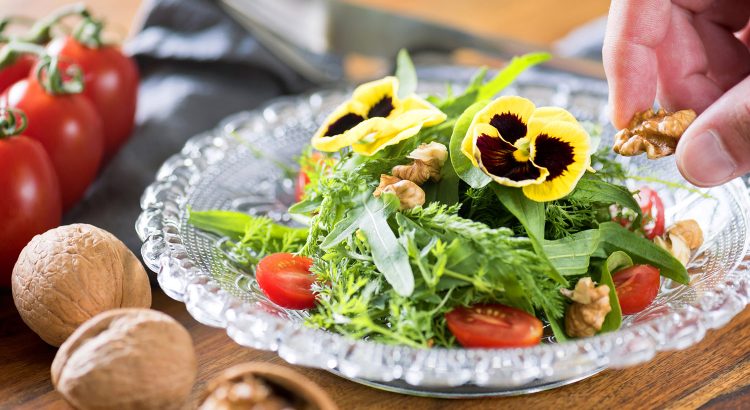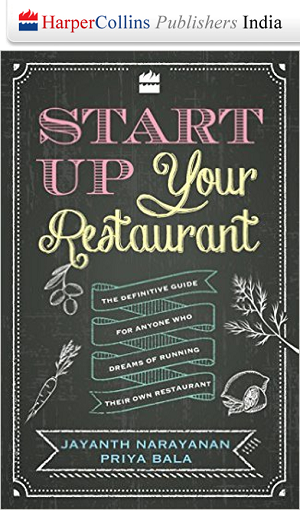
I belong to the school that believes looks aren’t everything when it comes to food and that taste is integral to any dish that can be described as good, forget anything more superior.
Yet, in recent times I have ended several meals in restaurants feeling completely dissatisfied and in dismay at the inability of these kitchens to infuse base level flavour into their dishes. Interestingly, this has mostly been in five-star hotels. Which makes it even more confounding; why, with all their resources – highly qualified, highly paid chefs, well-equipped kitchens and access to top quality ingredients – don’t they put out better food?
This isn’t to say all five-star hotel food is below par. Brands such as the ITC invest time, effort and money in their culinary offerings and it results in fantastic luxury dining experiences.
Still, there’s a reason for the rant. Half a dozen meals I’ve had in different hotels in Bangalore in recent times failed to rise above the ordinary. At one, in an intricately arranged dish of pomfret with its head and tail used in the presentation, the fish was so stale all the lemongrass and soy dressing couldn’t save it. At another, an ostensibly homestyle dal was greasy and lacked any flavour. Worse, the accompanying rice was undercooked and hard. Then, there was the elaborate prawn curry where the seafood was rubber and had absorbed none of the spices from the gravy. It was all just utterly lacking in taste.
I have worked in five-star kitchens and can attempt to put my finger on where the problem is. It begins with ingredients. The way the supply chain in these large establishments is organized, it doesn’t allow most chefs to pick and use fresh produce. The problem is emphasized in the case of seafood. The crabs look impressive and the prawns are big. They are frozen and frequently thawed in a hurry. The result is insipid seafood, which no amount of masala or sauce can imbue with real taste.
While processes are essential to any kitchen, the pre-making of gravies, usually the ubiquitous tomato-onion one which becomes the base for many dishes, no matter what they are then christened, is also a taste destroyer. In the mistaken notion that adding ghee or cream will enliven these dishes, disproportionate quantities are stirred in, usually by the line cooks, making them so cloying it’s impossible to enjoy more than a smidgen.
That brings me to the other issue, that is the senior chefs in five-star hotels are so caught up in paperwork, planning banquet menus and negotiating with suppliers, food production is scarcely a priority with many. Not all hotels have chefs de cuisine heading their speciality outlets.
The all-hour restaurants in star hotels where guests expect fairly standardized menus, more for sustenance than pleasure, can afford to follow a template, however uninspiring, and go through the motions. The restaurants serving speciality cuisines should take another route.
I’d like to see them focus first on their ingredients. Source and buy fresh, local produce. Frozen Norwegian salmon is so 2000.
Place chefs who are masters of the cuisine at the helm of the kitchen. Let the restaurant be chef-driven, not corporate-driven.
And, most important, put out small menus with dishes that taste great. No amount of edible flowers or foam can save food that has no flavour.










